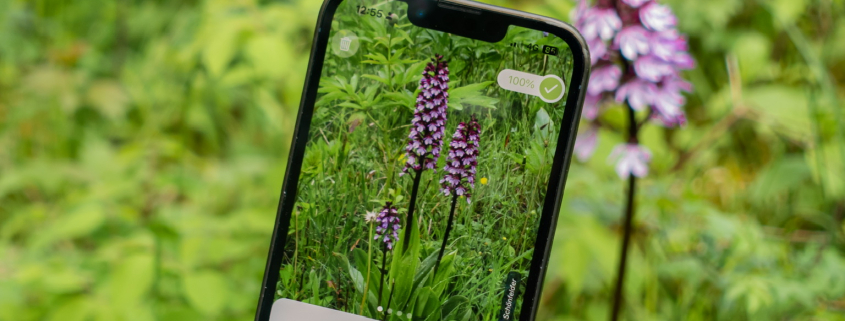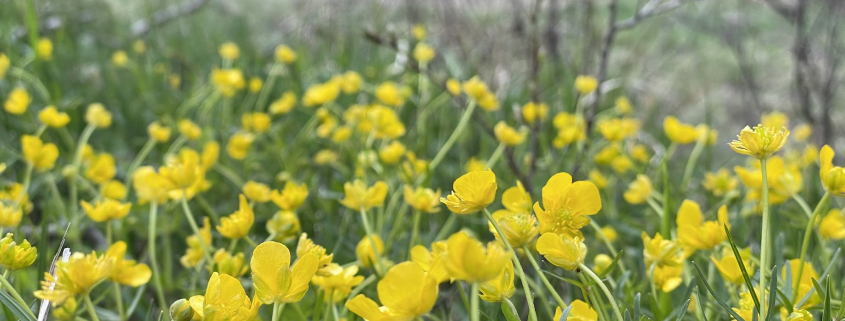Study on identification accuracy: Flora Incognita reaches 98.8 %
About the study
A scientific study was recently published which tested five plant identification apps in the UK with regard to their identification accuracy. Flora Incognita was not included, but the images taken and analysed for the study were part of the publication. This gave us the opportunity to test our app with this independent image dataset.
The (first) result
We identified the images with Flora Incognita and compared our results with the species names that the authors expected. In this first run, Flora Incognita was correct for more than 90% of the images, already outperforming the other apps. In the next step, however, we wanted to find out why Flora Incognita (allegedly) provided incorrect species names for the remaining 10% of the images. We therefore manually checked these questionable images again in collaboration with external botanists. It turned out that Flora Incognita was only wrong in a few cases.
Reasons for ‘ false’ identification
In most cases, Flora Incognita identified correctly, and there were other reasons why the proposed species name was not the one the authors expected:
1) Taxonomy. There are several taxonomies existing in parallel, sometimes with slightly different concepts, but all valid – leading in some cases to different names or different taxonomic ranks (species vs. subspecies) for the same plant species.
2) Identification errors. Sometimes the expected species was wrong, and the app result correct.
3) Biology. Sometimes it is not possible to categorise the result of an app identification as correct or incorrect because the species in the picture cannot be identified to species level with certainty even by experts.
Conclusion
We would like to encourage you not to immediately say: ‘The app is wrong’ if you get an unexpected identification result. Next time, ask yourself: Do I know this species under a different name? Was the picture really suitable for identifying the species? Couldn’t it be the species suggested by the app? Because in our new publication, we show that Flora Incognita correctly identified 98.8 % of the species in the entire data set after a thorough investigation into the causes of errors in the first run.
Read the paper here: More than rapid identification—Free plant identification apps can also be highly accurate
, , , , , , & (2024). More than rapid identification—Free plant identification apps can also be highly accurate. People and Nature, 00, 1–4. https://doi.org/10.1002/pan3.10676


